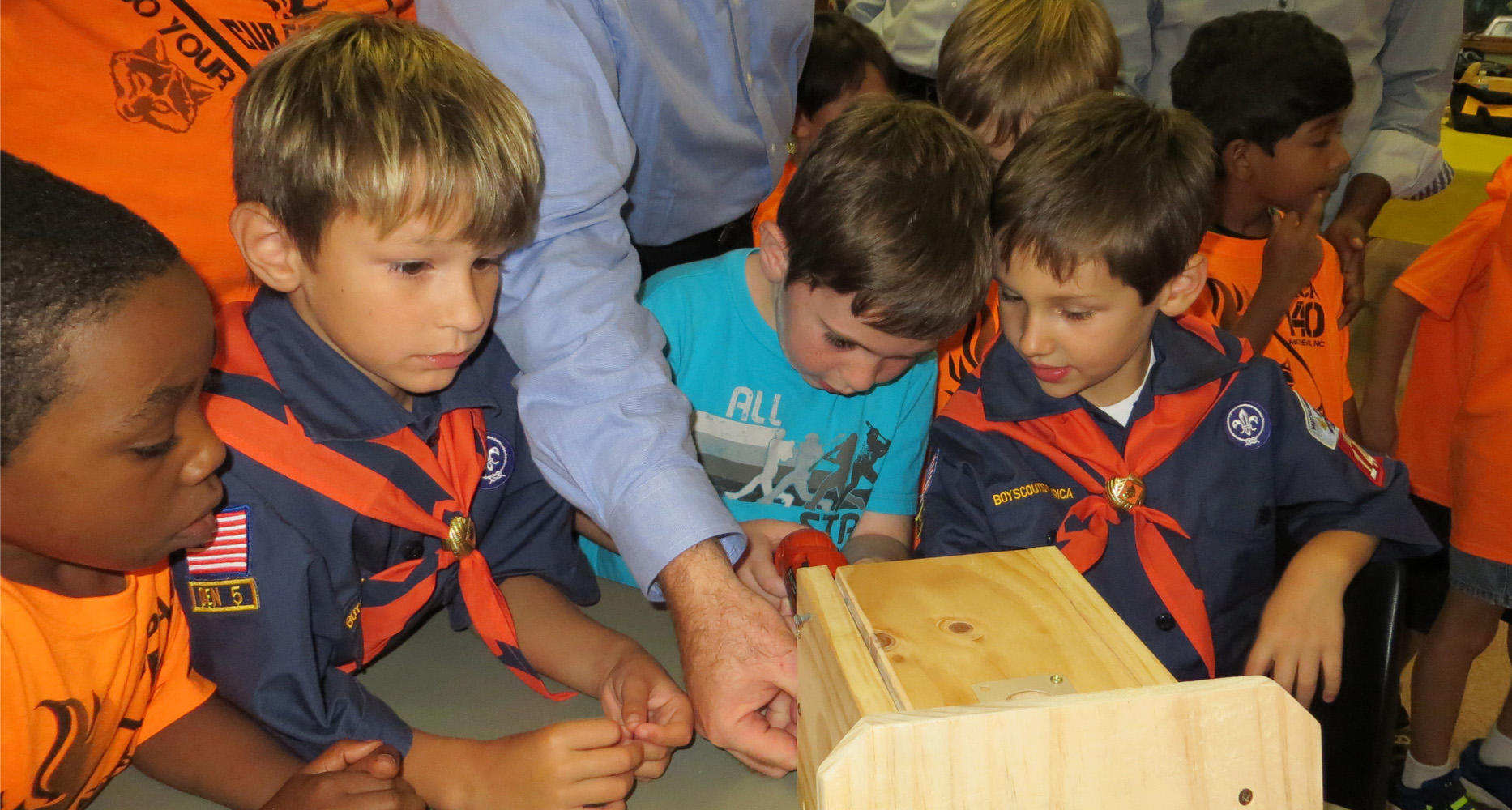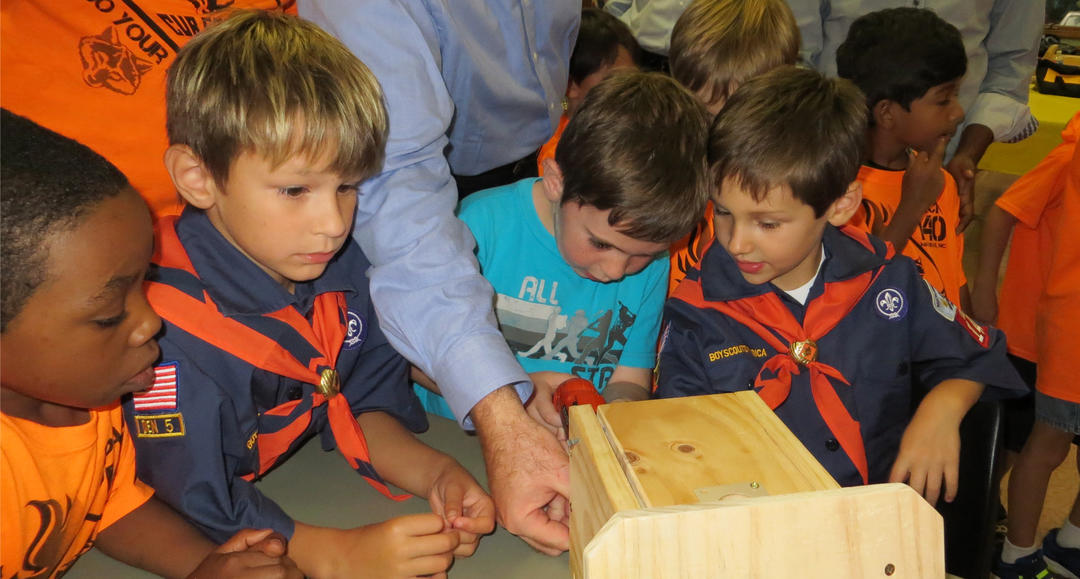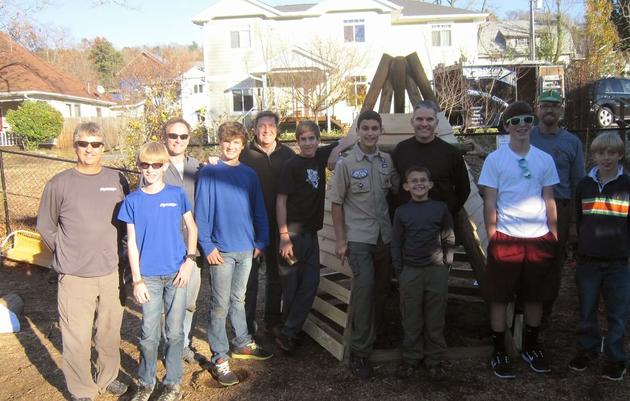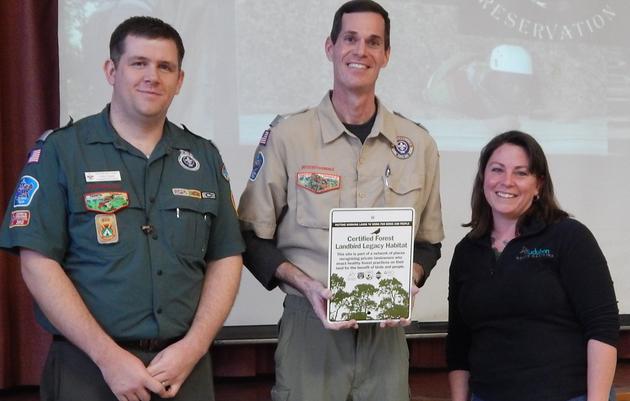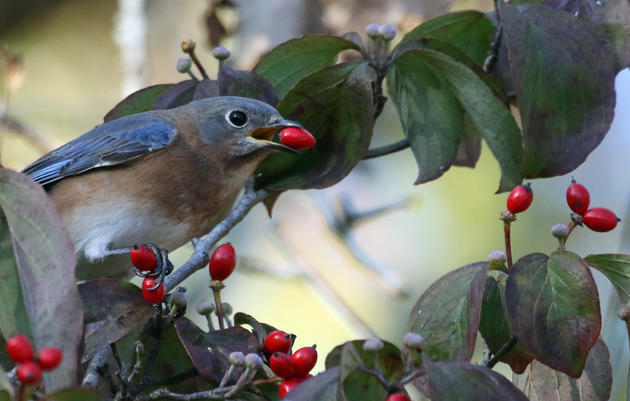Calling all scouts looking for projects – from troop volunteer opportunities to Eagle Scout and Gold Award projects!
North Carolina birds need your help. Audubon North Carolina invites you to explore these project ideas, all of which make a real difference for the health of bird populations in our beautiful state.
In addition to the projects listed below, consider volunteering with a local Audubon chapter near you, earning the Boy Scouts Bird Study Merit Badge, or participating in Audubon’s annual Christmas Bird Count.
Build Nest Boxes for Brown-headed Nuthatches
Why this helps: Brown-headed Nuthatches are experiencing significant decline and their range is shifting and shrinking in response to changes in our climate. Expansion of development into natural areas also threatens the supply of nesting cavities in dead pine trees. Nuthatches can thrive in urban and suburban areas, so long as they have nest boxes to raise their young and roost on cold winter nights.
Where to do this project: Install Brown-headed Nuthatch nest boxes in urban, suburban and rural areas where there are mature pine trees – Loblolly, Virginia, Longleaf, or Short Needle (but not White Pine) and below 2,500 feet elevation.
Nest box plans and more information: Available here
Sample project (David Bennett, Troop 91): Available here
Share your project: Register boxes and enter nesting observations (all bird species) at Nestwatch.org
Contact for more information: Your local Audubon Chapter or nuthatch@audubon.org
Construct Towers for Chimney Swifts
Why this helps: Chimney Swifts are extremely adaptable – learning to roost in urban chimneys as the availability of large hollow trees and caves have disappeared. Today, these birds are threatened by a trend towards capping or removing unused chimneys at homes, businesses and old factories, leaving fewer places for Chimney Swifts to nest and raise their chicks. Chimney Swifts are now listed as “near threatened” and they depend on people to provide places for them to nest and roost. Building a Chimney Swift tower means a Chimney Swift pair will have a chance to raise their young and may offer shelter to dozens, if not hundreds, of birds to safely roost for the night.
Where to do this project: Throughout North Carolina – in cities and towns as well as in rural areas. Open sites like parks, school yards, church grounds, or corporate campuses are terrific places for Chimney Swift towers. Towers need to be at least 30 feet from tree canopy.
Chimney Swift tower plans and more information: Available here
Share your project: Register boxes and enter nesting observations (all bird species) at Nestwatch.org
Contact for more information: Your local Audubon Chapter or swift@audubon.org
Build Nest Boxes for Prothonotary Warblers
Why this helps: Prothonotary Warblers have declined over 40% since the 1960s. Giving these beautiful birds more places to nest, as well as protecting and expanding stream buffers and other places they need to thrive, will give Prothonotary Warblers a chance to thrive in North Carolina and beyond.
Where to do this project: Swamps, forested stream and lake borders, and wooded areas along greenways in North Carolina’s Coastal Plain and Piedmont regions. Check to see whether Prothonotary Warblers breed in your area here. Choose sites within 16 feet of slow-moving or still water.
Nest box plans: Available here
More information: Available here
Share your project: Register boxes and enter nesting observations (all bird species) at Nestwatch.org
Contact for more information: Your local Audubon Chapter or kbrand@audubon.org
Grow Native Plants to Make a Bird-Friendly Garden
Why this helps: As more of North Carolina is developed, birds have fewer places to rest and nest. Suitable habitat in backyards, parks, schools, and churches has become more important than ever. Native plants offer up dramatically more food to birds than non-native landscape plants. For example, a native oak tree supports more than 500 different kinds of caterpillars – the number-one food for baby birds – while a non-native ginkgo tree supports only four species of caterpillar.
Where to do this project: In cities and towns across North Carolina! Neighborhood parks, greenways, schoolyards, church grounds, and corporate campuses can all offer up the food resources our birds need to thrive, especially during migration when songbirds travel thousands of miles and need to stop and refuel.
2017 Bird-friendly native plants of the year: Available here
More information: Available here
Contact for more information: Your local Audubon Chapter or kbrand@audubon.org

